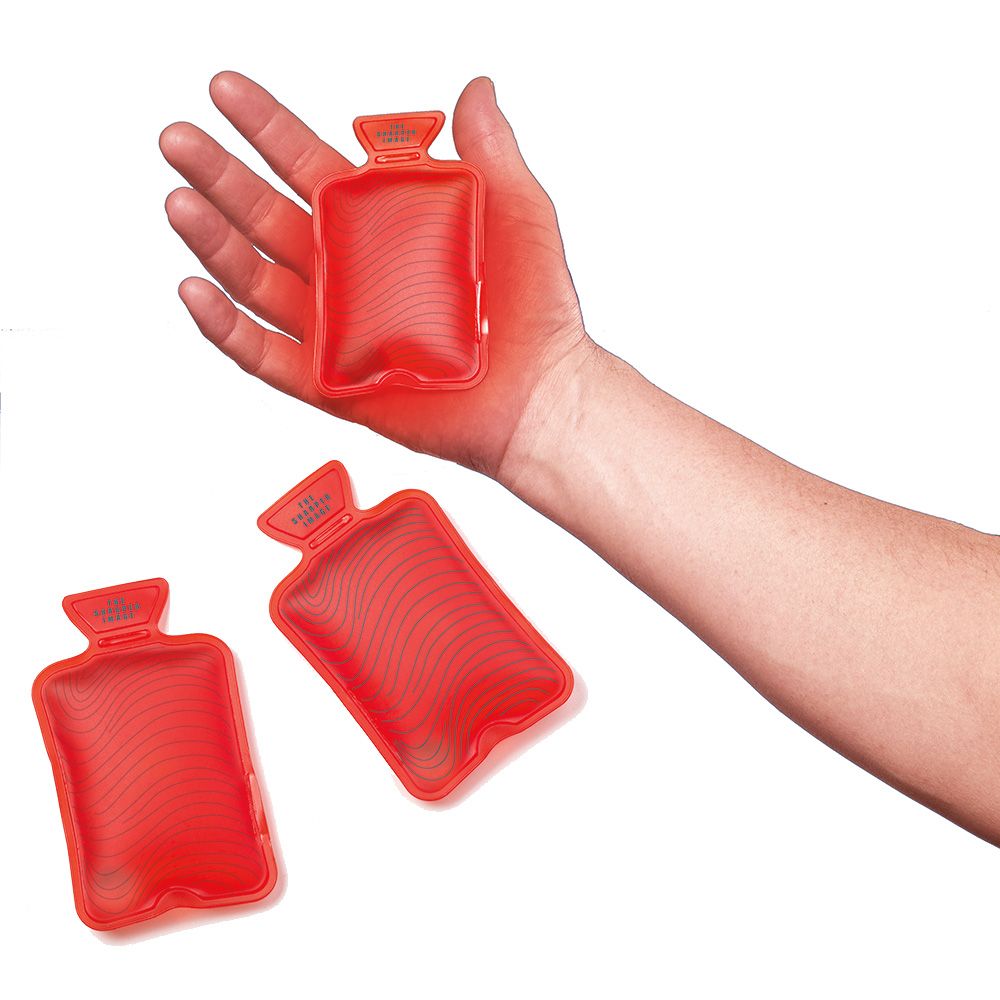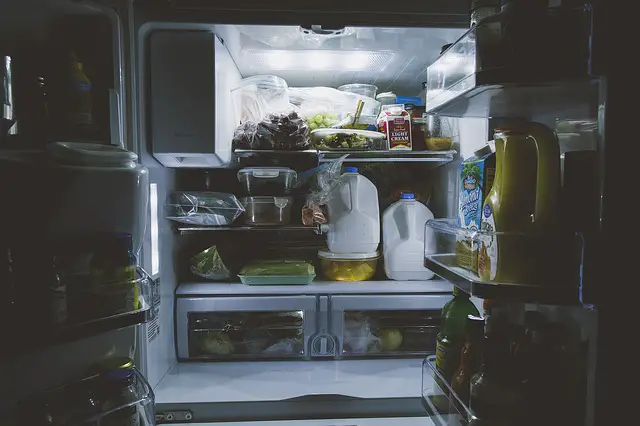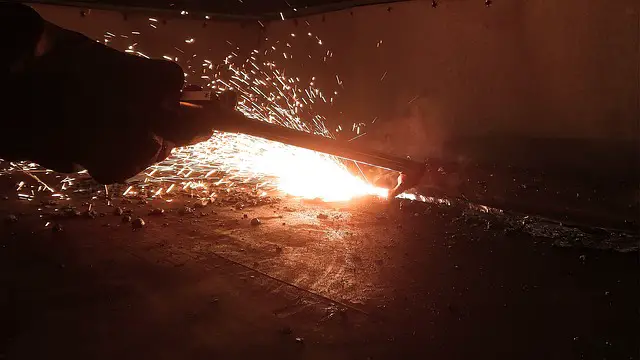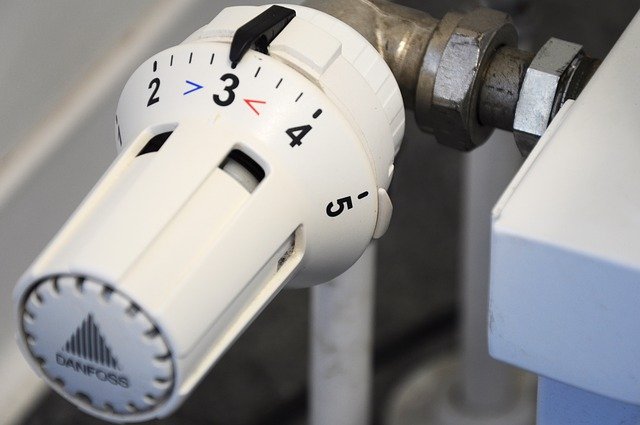As you probably know, chemical reactions always involve heat (energy) changes where you have either endothermic reactions or exothermic reactions.
During endothermic reactions, energy is absorbed from the surroundings while it is released into the surroundings during exothermic reactions.
Hess’s law, also referred to as the law of heat summation, looks at what happens to enthalpy or heat changes during chemical reactions.
According to Hess’s law, the sequence or steps of chemical reactions that take place does not matter in knowing the heat changes. We only have to pay attention to the initial and final steps of the chemical reactions.
We use thermochemical equations to indicate heat changes for a reaction. These are chemical equations that end with a symbol 𝚫H to show the energy change in the reaction.
In using Hess’s law, keep in mind that it is an application of thermodynamics or the conservation of energy.
How Hess’s law works: Example
Suppose we have a one-step chemical reaction starting with a substance A and ending with substance C with an overall energy change of Q kilojoules (kJ) for the reaction:
A → C ( 𝚫E = Q kJ)
Now consider a second scenario where we start with the same substance (A) and end with the same substance (C) as the above reaction but through intermediate steps or products.
Our reaction may look like this:
Step 1:
A → B (𝚫E₁ = Q₁ kJ)
Step 2:
B → C (𝚫E₂ = Q₂ kJ)
Based on Hess’s law, the heat or enthalpy change is the same for both the one and two-step processes.
So, we can get the enthalpy changes for the whole process by simply summing up the enthalpy of the individual steps or reactions in the second reaction:
𝚫E = 𝚫E₁ + 𝚫E₂
Q = Q₁ + Q₂
Hess’s law gives us a nifty way of calculating the heat changes (i.e., the 𝚫H) of a reaction without actually performing the experiment or measuring the heat change.
We can also manipulate, rearrange or reverse the chemical equations just like ordinary algebraic equations.
Example:
Using Hess’s law, scientists already have pre-calculated 𝚫H data for some reactions like:
CO (g) + ½ O₂ (g) → CO₂(g) 𝚫H₁= -283 kJ mol-1 (i.e. per mole)
Cu(s) + ½ O₂(g) → CuO(s) 𝚫H₂= -155 kJ mol -1
We can use these data to calculate the heat change (enthalpy) for any other applicable reaction we want such as the reaction below:
CuO (s) + CO(g) → Cu(s) + CO₂(g) 𝚫Hₐ=?
Solution:
We are interested in having CuO and CO as our reactants. So reverse equation 2 and add it to equation 1 to give:
CuO (s) → Cu(s) + ½ O₂(g) 𝚫H= +155 kJ mol (note that reversing the equation causes the sign to change from minus to a plus)
So, our answer for heat change 𝚫Hₐ is:
𝚫Hₐ = 𝚫H₁ + (-𝚫H₂)
𝚫Hₐ =-283 -(-155)
𝚫Hₐ =-283 +155
𝚫Hₐ = -128 kJ mol -1
Here are 6 applications of Hess’s law in real life.
1. Burning Calories

When you enjoy a hamburger or a bag of French fries, your body will proceed to put Hess’s law into action.
Even though the pathways are intricate, this yields the same enthalpies or energy change regardless of the number of steps one considers.
C₆H₁₂O₆(aq)+6O₂(g)→6CO₂(g) +6H₂O(l)
Food scientists and biologists are able to determine the calorie value of different food items using the principles of Hess’s law.
2. Reaching a mountain summit

Mt Kilimanjaro stands at an elevation height of 5895 meters. How do you get there?
There are several options. You could land there by parachute or climb your way up there.
The altitude or elevation shows an application of Hess’s law.
Regardless of what method or route you use, the elevation will still remain the same at 5895 meters.
This is similar to Hess’s law where the choice of route is immaterial as the enthalpy’s changes remain the same.
3. Handwarmer

Why allow your hands to freeze when there is Hess’s law to ease your trouble?
Using a hand warmer, you can execute an exothermic reaction which gives a warming effect.
Hand warmers may use a variety of methods. For example, one uses sodium acetate supersaturated solution.
When the solution comes into contact with a metal disc, it quickly becomes crystals.
This is an exothermic process which can be represented as:
NaC₂H₃O₂(aq)⟶NaC₂H₃O₂(s)
4. Refrigerator

We are familiar with heat engines which take heat and use it to perform work.
But did you know the refrigerator does the same but in reverse?
This is done by causing Freon (UCCl₂F₂) to undergo compression (causing its condensation) and expansion (vaporization).
Using Hess’s law, scientists can work out the heat of vaporization which is the heat required to turn liquid Freon into Freon gas.
This is an endothermic reaction that causes cooling.
5. Ice packs to the rescue!

Anyone who takes part in sports knows how bad it can get when they are injured.
Fortunately using ice packs, you can get almost instant relief.
Ice packs use endothermic reactions to cool your wounded body part and bring relief.
It’s based on dissolving ammonium salts such as ammonium nitrate in water.
As the salt dissolves, heat is absorbed which produces a cooling effect.
6. When direct measurements fail

Getting enthalpy measurements can’t always be done directly.
What if the reaction is too slow? Or if there are too many side reactions so that you can’t isolate them?
Hess’s law comes to the rescue because you can narrow down to the reaction of interest.
For example, acetylene gas can be produced from the reaction of hydrogen and carbon (graphite).
However, it’s difficult to control this reaction because it produces multiple products besides acetylene.
2C (s, graphite) +H₂(g)→ C₂H₂(g)△H=?
By using Hess law, we can find the desired equation that forms acetylene and find its heat of reaction.
Conclusion
The classic European cuisine starts with an appetizer, the main meal, and dessert in that order.
However, with Hess’s law, you can gladly throw these rules away.
All you have to do is to follow your heart’s desire and the results are always guaranteed to be the same.

